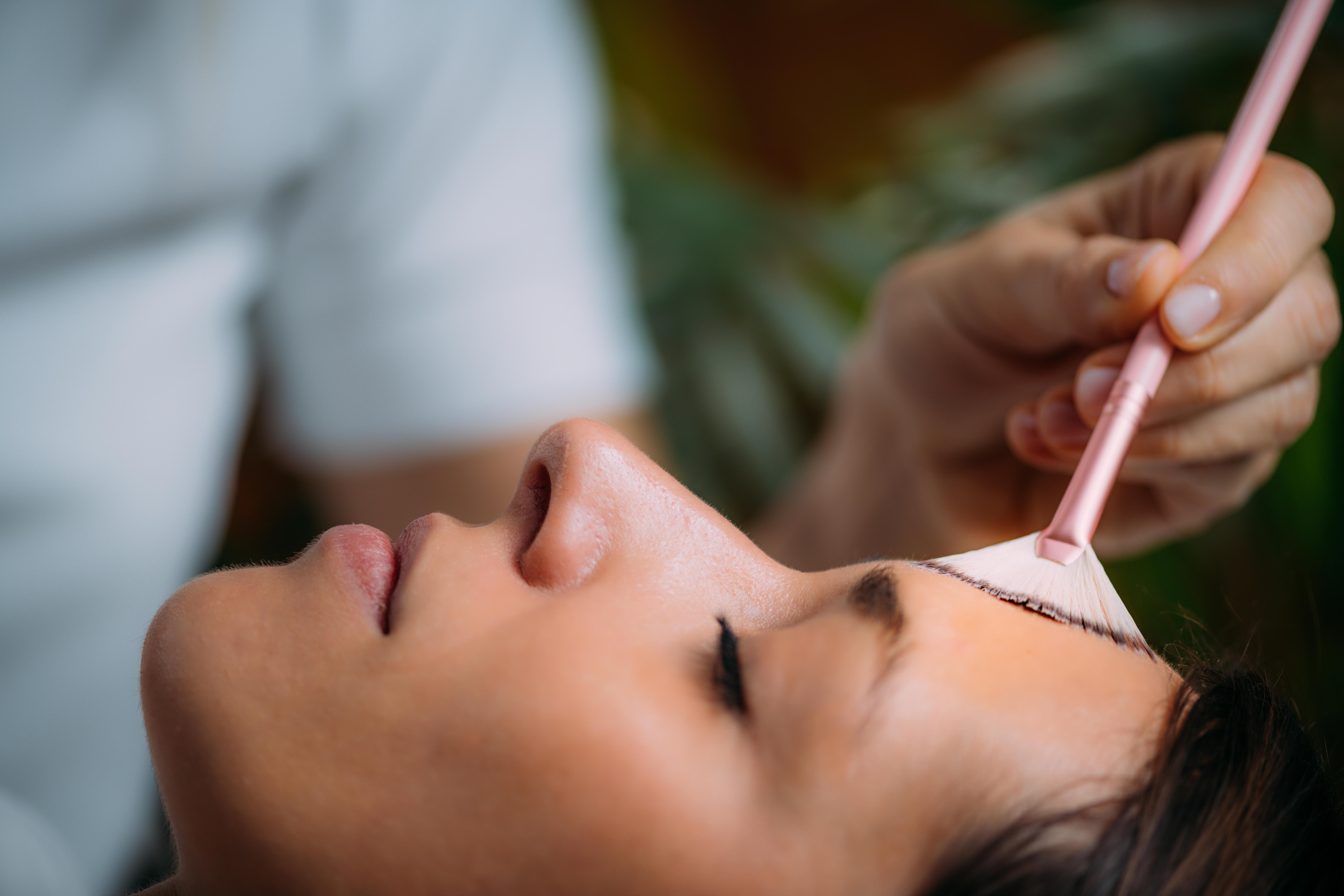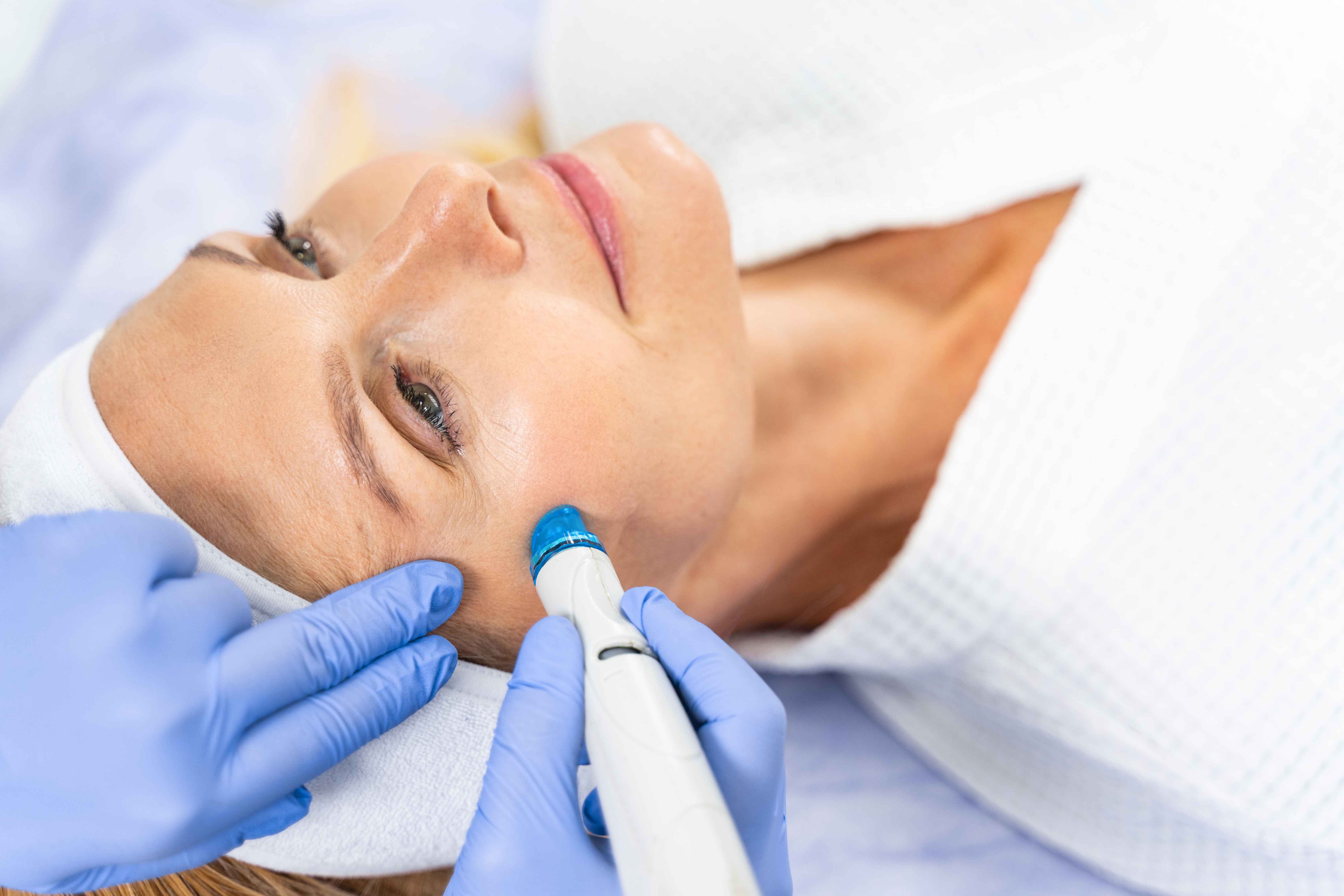12 Proven Ways To Kiss Keratosis Pilaris Goodbye For Good
Keratosis pilaris is a common skin condition characterized by tiny bumps that often appear on the thighs, cheeks, upper arms, and buttocks. These patches are typically dry and rough, and while they do not usually itch or sting, they can leave the skin feeling like sandpaper. The bumps, often light pink or light brown, are made up of dead skin cells and are generally considered a harmless skin variant. Dermatologists can easily diagnose keratosis pilaris through a visual examination. Although there is no cure or way to prevent this condition, its symptoms can be effectively managed with the right treatments. Many individuals find that the rough patches improve significantly or even disappear by the time they turn thirty. To help you manage keratosis pilaris more effectively, we’ve expanded our list to include twelve proven treatment options. From moisturizers and medicated creams to advanced dermatological procedures, these methods offer a comprehensive approach to smoother, healthier skin.
1. Chemical Peels

Chemical peels are topical treatments that remove the uppermost layer of skin. Depending on the patient's needs, a light, medium, or deep chemical peel may be appropriate. Most chemical peels are performed by dermatologists, plastic surgeons, or licensed estheticians. Acids such as phenol, alpha hydroxy acids, and trichloroacetic acid are some of the most regularly used ingredients in chemical peels. While lighter peels can be performed every two or three weeks, deep peels sometimes require months of recovery. Deep peels take an hour or more, and they may require the use of sedation. After a chemical peel, patients will notice their skin begins to redden, and it will slowly begin peeling off within three days of the procedure. The peeling process for light or medium peels is normally complete after two weeks. Patients with heart problems or keloid scars may not be ideal candidates for a chemical peel, and individuals considering any type of chemical peel should go over their medical history with a doctor to ensure a peel is appropriate for their condition.
2. Microdermabrasion

Microdermabrasion is a skin treatment that exfoliates and removes the very top layer of dead skin cells. The procedure typically takes about one hour to perform, and it is carried out by licensed dermatologists. Numbing agents and anesthesia are not needed for microdermabrasion. To start, the dermatologist will gently sand away the uppermost layer of skin. This is normally done with a handheld applicator such as a diamond-tip handpiece or a crystal-emitting handpiece. These devices instantly suction up the dead skin cells too. Some patients may be candidates for hydra dermabrasion, a newer method of microdermabrasion that simultaneously exfoliates and infuses the skin with moisturizing products. It is designed to maximize blood flow to the patient's skin and stimulate the production of collagen. When the procedure is finished, the provider will often apply both moisturizer and sunscreen to the treated areas. After having any type of microdermabrasion, patients could experience minor bruising, tenderness, swelling, or redness; all of these will generally resolve within a few hours. Patients can resume their normal activities immediately after the procedure.
